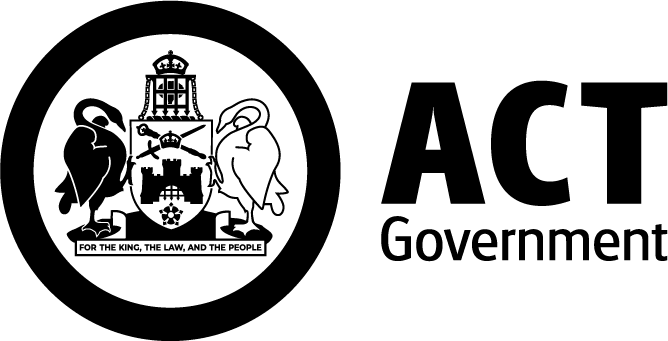Northern Corroboree Frog (Pseudophryne pengilleyi)

Description
- The Northern Corroboree Frog (NCF) is a small frog with bright yellow-green and black stripes on its back and a black and white or black and yellow belly.
- Adults grow to be 2.5-3 cm long.
- They can be found in the high country of the ACT and adjacent NSW.
- Adult frogs spend most of their time in woodlands and move into bogs and fens areas during summer to breed.
- Females lay around 25 eggs in damp vegetation in a nest that the male has made.
- The female leaves the eggs near pools, and the eggs hatch into tadpoles when the water level rises after rain or snowmelt.
- The tadpoles turn into frogs the following summer and move from the bogs to the woodlands.
- After several years, they mature and return to the bogs to breed.
- The frogs primarily eat small black ants and other small invertebrates.
Find out more about the Northern Corroboree Frog on Canberra NatureMapr.
Where to find them
They live in waterlogged grasslands, heath, sphagnum moss bogs, and adjacent woodlands. During winter adults live in nearby woodlands and travel to close bogs and fens during summer to breed.
This frog lives in the high country of the ACT and nearby NSW.
Conservation threats
The Northern Corroboree Frog is close to becoming extinct. Until relatively recently this species was considered abundant. With sharp declines occurring from the mid-1980s due to the introduced Amphibian Chytrid Fungus. Which is a significant threat that impacts and has caused extinctions of amphibians around the world. In the ACT, it's estimated that there are less than 50 Northern Corroboree Frogs left in the wild.
Other threats include:
- climate change
- drought
- wildfire
- weeds
- introduced herbivores, such as pigs and deer.
Conservation status
- National – Critically Endangered (Environment Protection and Biodiversity Conservation Act 1999).
- Australian Capital Territory – Critically Endangered (Nature Conservation Act 2014).
Conservation actions
Conservation actions aim to:
- hold and breed captive populations to prevent extinction
- release captive frogs back into the wild
- ensure they can survive and stay healthy across different habitats in the ACT
- protect suitable NCF habitat manage human activity in areas that they breed in
- increase community awareness to protect them
- support research to help understand the frogs and how to protect them.
In 2003, NCF eggs were collected from the wild. These eggs were raised to establish a captive population at Tidbinbilla Nature Reserve. It is a successful breeding program, with frogs and eggs released back into Namadgi National Park every year.
